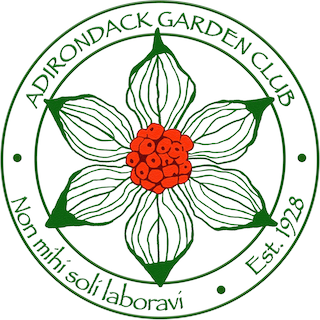Invasive Species: A Serious Threat
Protecting the remarkable and pristine sanctuary that is the Adirondack State Park, the Adirondack Garden Club has been active and vocal for decades in conservation advocacy. Most recently we have partnered with the Adirondack Park Invasive Plant Program (APIPP) to promote "PlantWise ADK" to educate about keeping out invasive species.
Invasive species are plants, animals, and other organisms either accidentally or intentionally introduced from outside their historic range that cause harm to the environment, economy, or human health. In recent years, the rate and risk of invasive species introductions has been exacerbated due to increased movement of people and materials and increased environmental degradation. Due to the lack of natural predators in their new environment and high reproductive ability, invasive specie can quickly become widespread and out-compete native species.
Significant negative impacts can result from the spread of invasive species but simple changes to behavior are usually all that’s needed to prevent the spread.
Following is our partner-produced flyer on Invasive Plants - please click on either of these two pages below if you would like to see them larger, or to print them.
Monarch Butterfly Protection
Check out the GCA paper on what you can do right in your own garden to protect the Monarch butterfly habitat.
Also, check out this article on the philanthropic organization protecting the Monarchs' winter habitat in Mexico.
Protecting Bees from Neonicotinoids
This is a class of systemic chemical insecticides used on farms and institutions. Systemic means they are absorbed by the plant and come out through all plant tissue, which endangers pollinators including bees. While they are called safe for humans they affect the nervous system of invertebrates which includes insects.
But a gardener CAN do many things to reduce and avoid the use of these products. Xerces.org provides information on sustainable pest management. Pollinator guides from pollinator.org are a great help in planning your garden and Gardens with Wings is an excellent resource as well.
